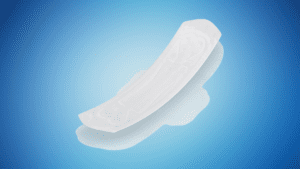Industries That Use 3D Modeling
With modern technology and easy access to software, a huge range of Industries uses 3D Modeling techniques. This process permeates many aspects of our lives and significantly impacts modern society. From manufacturing and real estate to service industries, 3D modeling significantly impacts industries’ operations.This 3D process can create some unbelievably detailed 3D models. The programs that create these models are highly advanced and come in various forms.We will explore how 3D modeling is currently being used in the modern industry and the impact it has had. Let’s understand the impact of 3D Modeling on various Industries.

The global Beauty and Cosmetics industry is a thriving and dynamic sector with a value of USD 429.64billion, encompassing the production, distribution, and sale of beauty and personal care products. These products range from skincare and haircare to makeup, fragrances, and toiletries. Driven by constant innovation, changing consumer preferences, and cultural influences, the industry shapes beauty standards and trends worldwide.The rise of e-commerce has transformed the way consumers purchase cosmetics, with online sales growing significantly. Social media platforms and influencers also play a crucial role in marketing and brand visibility. 3D Modeling happens at various stages in the cosmetic Industry, such as product packaging and rendering, prototyping, and creating marketing visuals.
Product prototyping
3D modeling revolutionizes cosmetic product prototyping by enabling detailed design visualization and rapid iteration. It allows designers to create and test virtual models, reducing the need for costly physical prototypes. Integrated with 3D printing, it facilitates fast, cost-effective production of prototypes, helping refine designs efficiently.
3D Packaging rendering
Packaging is the first point of Interactions with products. Well-designed packaging always influences customers buying decisions. With 3D Modeling, we can create 3D packaging Images well in advance to understand how packaging will look. 3D modeling helps create detailed, lifelike visualizations of cosmetic packaging before production. This helps refine the design, ensuring it aligns with brand aesthetics and functionality.
Marketing visuals
3D product Modeling is a powerful tool for creating marketing visuals in the cosmetic industry. 3D Models can be rendered into hyper-realistic, high-quality CGI (Computer-generated Images) from various angles. 3D models can also help create customized 3D images of the product as per marketing plans and strategy. These images are amazing for brochures, websites, landing pages, billboards, etc.
- 3D models are essential for AR marketing campaigns, allowing customers to visualize how products would look in real life, whether it's makeup on their skin or a cosmetic product on their shelf. This immersive experience can increase consumer engagement and drive sales.
Electrical and Electronic
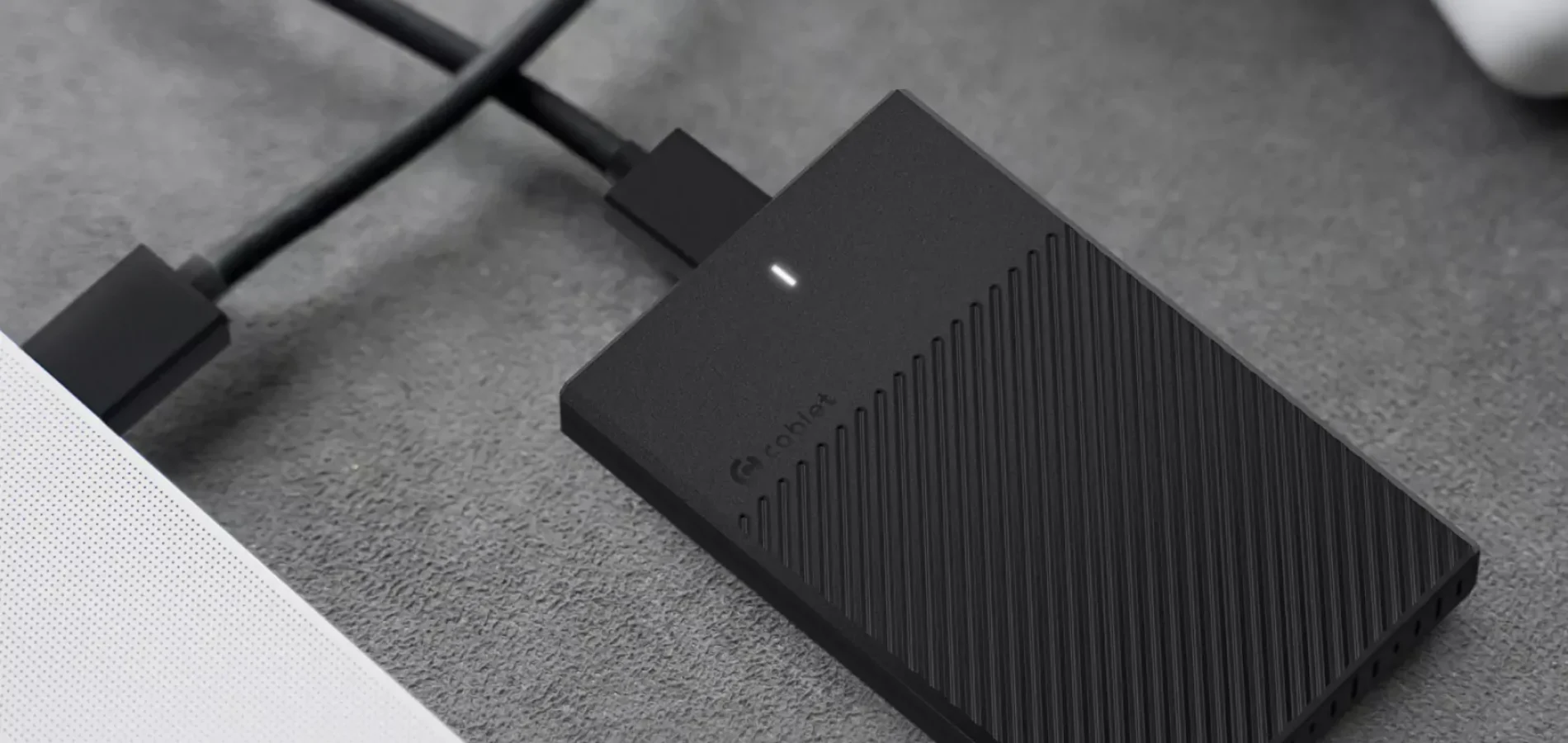
Design Precision
Product design is crucial in the electronics industry as it directly impacts functionality, user experience, and market appeal. Well-designed electronics meet technical requirements and attract consumers through aesthetic appeal and ease of use. Hence, industries are particular about how their design looks, and 3D product rendering helps designers understand exactly how the final product will look.
Marketing and Visualization
High-quality 3D renders are essential in marketing, enabling businesses to showcase new products in detail before they’re available. These 3D CGI images are perfect for use in catalogs, magazines, billboards, websites, and more. With 3D technology, businesses can easily produce customized product images, displaying variations in color and texture to highlight different options. 3D models can be rendered against customized backgrounds, such as real-life environments, allowing buyers to visualize products in actual settings.
Product Animation
3D Modeling can be converted into product animation video. Electrical and electronic industries create different 3D product animated videos, such as product demo videos that explain how to use the products. Product launch video for product introduction, Product explainer video that highlights product features, Product teaser video, attractive product reels all these can be done with 3D Product animation.
Product Interactive
Electronics industries use 3D Product Interactive images that enable zoom In or Zoom out of the product, giving a more realistic feel to your online shopping. With 3D product Interactives, products can be shown from all angles. The client can turn the product with a mouse and view minute details about the product. 3D Product exploded views enable clients to view product engineering.
Rapid Prototyping
3D models can be quickly converted into physical prototypes using 3D print ready modeling , allowing for fast design iterations and testing, reducing development time.
Health and Fitness
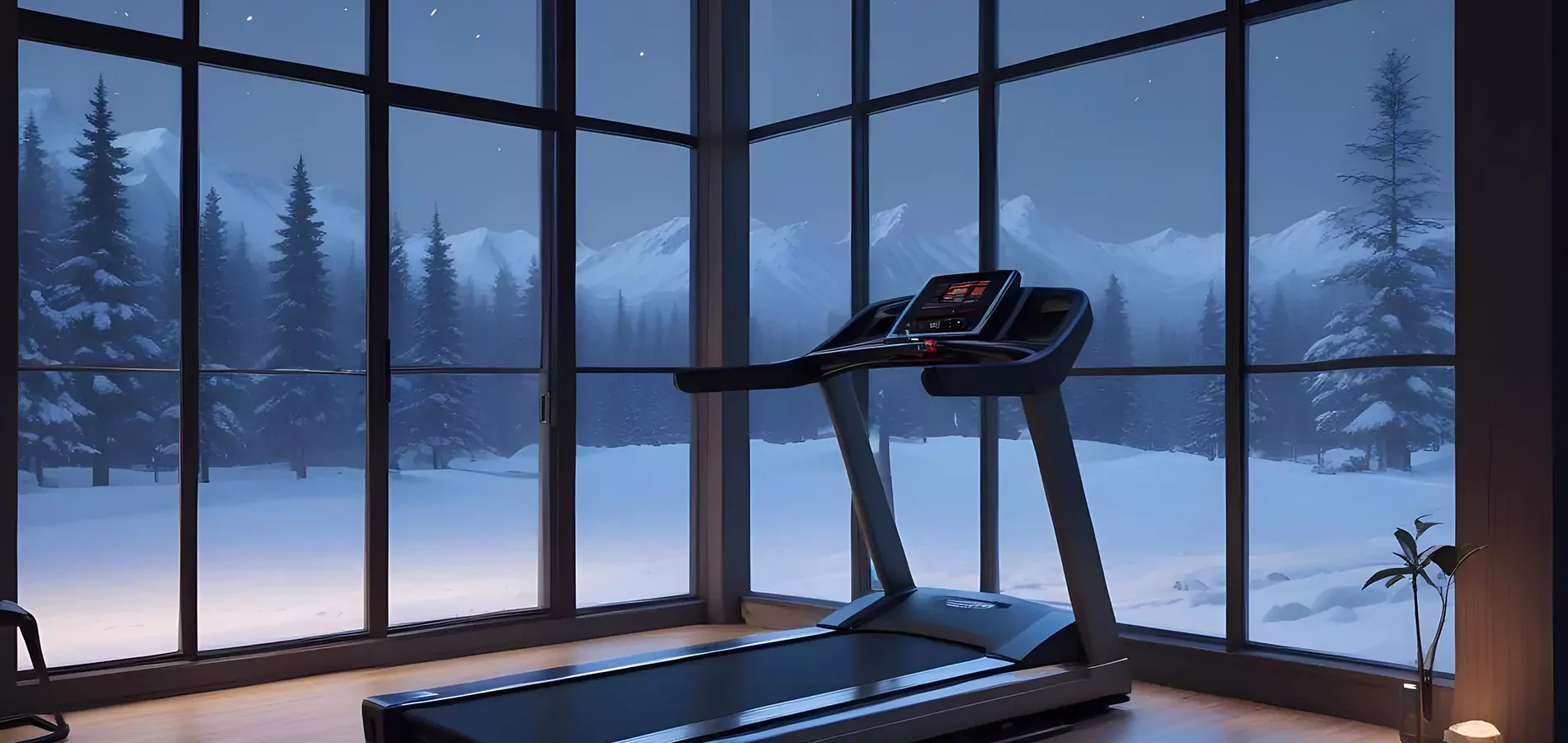
The global health and fitness industry, valued at over $100 billion, is booming with growth in fitness technology, digital platforms, and preventive healthcare. It includes diverse services, like fitness, pharma, apps, fitness products, etc.
CGI Images
3D Modeling and rendering enable the health and pharma industry to create 3D CGI images of the products and equipment. We can visualize medicines, medical equipment, surgical or fitness products, fitness bands, health apps, etc. There are immense opportunities that can be visualized with 3D in the health and fitness industry.
3D for Research and Development
With 3D modeling and rendering technology, businesses can create multiple products and designs before finalization. 3D modeling helps the research team understand product flaws, whereas 3D rendering can help rectify product design and speed up the finalization process.
For Training and Demos
With 3D animation, we can create detailed videos showcasing complex surgical procedures and the usage of medical equipment. These animations vividly illustrate each step of surgery or the operational aspects of devices, enhancing both internal and external training programs. They also serve as effective tools for patient education, engagingly demonstrating procedures and equipment functionality. 3D animations support marketing efforts by highlighting features and benefits of new technologies and aid in research by visualizing innovations and testing scenarios.
Product Animation
When launching a new product, a 3D Product Explainer video provides a dynamic way to showcase its design and features to potential buyers. This animation brings the product to life, illustrating its functionality and unique attributes engaging and visually compellingly. It allows viewers to explore the product from various angles, understand its features in detail, and see how it performs in different scenarios. This approach effectively captures attention, enhances product understanding, and boosts interest among potential customers.
Home Products

The home products industry encompasses a wide range of goods designed for use in residential settings, including furniture, appliances, home décor, kitchenware, bedding, and more. The global home products market is valued at over $826 billion. Online sales of home products have surged with e-commerce. With 3D Modeling and Furniture Rendering services Home product industry is flourishing.
3D Furniture Rendering
3D Furniture rendering enables designers, buyers, manufacturers, and retailers to visualize and showcase their furniture design in a detailed, realistic way. 3D furniture modeling helps businesses visualize and understand color, texture, and material better. 3D furniture rendering helps to plan space utilization in a better way.
Home Appliance Visualization
Home products market has a huge share of Home appliances products. The home appliance business needs many designs, product variations, and upgrades. 3D product rendering helps the home appliances industry visualize products as it helps the research and development team to finalize product design. High-quality 3D images and videos also help businesses with marketing and sales.
3D Interior Visualization
Jewelry
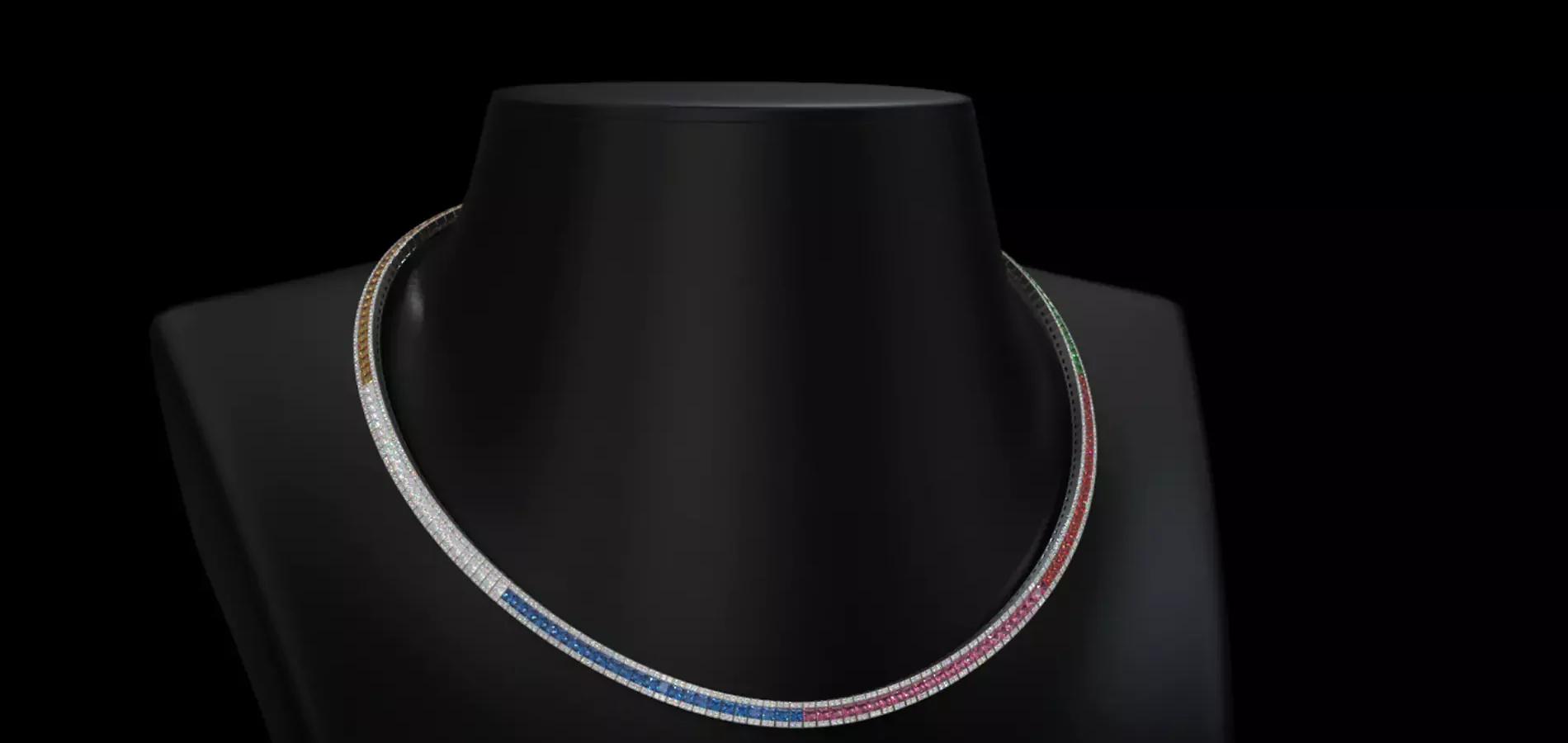
The global jewelry market, valued at over $359 billion, is driven by luxury, fashion, and customization demand. Key trends include the rise of sustainable practices, online retail growth, and technology integration in design and sales. Major markets include North America, Europe, and Asia-Pacific.
Marketing Visuals
3D marketing visuals are transformative for the jewelry industry, offering stunning and detailed representations of products. These visuals enable customers to view jewelry from multiple angles, zoom in on intricate details, and appreciate the craftsmanship and quality. High-quality Jewelry 3D renders and animations highlight features like gemstones, settings, and finishes, enhancing online and in-store presentations. They are also used in virtual try-ons, allowing customers to see how pieces look on them before purchasing.
Jewelry Customization
Customization in the jewelry market allows customers to create unique, personalized pieces that reflect their style and preferences. This process often involves selecting materials, gemstones, settings, and designs to create one-of-a-kind items. 3D modeling and rendering play a crucial role by providing detailed visualizations of custom designs before production. This ensures accuracy and helps customers envision the final product, enhancing satisfaction and confidence in their purchase. Customization fosters a deeper connection between the customer and the jewelry and drives engagement and loyalty to brands that offer these personalized services.
CGI Interactive Images
3D Modeling and 3D renders can create CGI interactive images and videos. On-body images, Jewellery videos, and try-on videos give real-life shopping experiences. Now, brands prefer interactive images over turn-table videos.
AR Models
In the jewelry market, 3D Modeling for AR enable customers to virtually try on rings, necklaces, or bracelets, seeing how they would look in real time without physically wearing them. This immersive experience helps customers make more informed decisions, boosting confidence in their purchases.
Food and Beverage
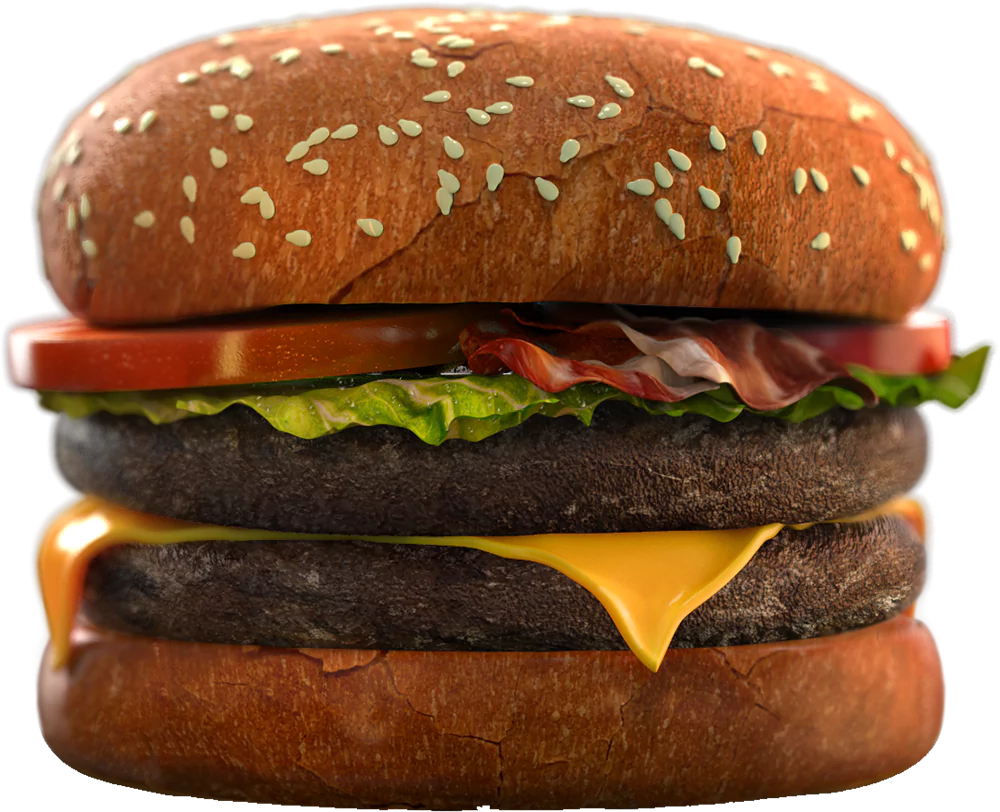
The global food and beverage industry is valued at over $7 trillion, driven by growing demand for convenience, health-conscious products, and sustainable practices. Key trends include plant-based alternatives, functional foods, and digitalization in food delivery.
Packaging Design
3D package rendering is essential in packaging design, allowing businesses to create detailed, realistic visuals of product packaging before production. It enables designers to experiment with shapes, materials, and branding elements, ensuring the packaging aligns with brand identity and appeals to consumers. These renderings are invaluable for marketing presentations, client approvals, and refining design concepts, enhancing overall packaging effectiveness.
Product prototype
Marketing and Visualization
In the food and beverage industry, 3D marketing images are highly effective for visualizing products in a captivating and realistic manner. They allow brands to showcase new products, packaging designs, and ingredient details with photorealistic precision. These images are used in advertisements, websites, social media, and packaging mock-ups, providing a consistent and appealing brand presentation. 3D renders also enables businesses to highlight textures, colors, and product freshness, which are crucial in food marketing.
AR Models
E-commerce websites always try to elevate buyers’ experience by creating AR 3D Models of food and beverages that take the shopping experience to the next level. Many food delivery apps have food AR models that help increase clients’ engagement on the websites.
IT & Software Company

The IT and software industry is a global powerhouse, generating over $4 trillion annually. It drives innovation in areas like AI, cloud computing, and cybersecurity. The industry is characterized by rapid technological advancements, a high demand for skilled professionals, and a growing emphasis on software-as-a-service (SaaS) models and digital transformation.
UI/UX Design
UX and UI design must effectively engage clients on your site or software programs. 3D models and animations enhance user interfaces, providing more immersive and interactive experiences in applications and games.
Data Visualization
Data analysis plays critical roles in decision making.3D graphics, 3D models and Images are used to present complex data understandably and engagingly, helping in decision-making and analytics.
Simulation and Training
3D simulations are employed for software training and virtual environments, enabling users to practice and learn in a controlled setting.
Product Development
3D models are crucial in prototyping software-driven products, allowing developers to visualize and refine designs before final production.
Marketing and Demos
3D visuals and animations help create impactful presentations, product demos, and promotional materials, showcasing software capabilities in a compelling way.
Other Industries using 3D product rendering

Automotive Industry
3D product rendering designs, visualizes, and tests vehicle components and prototypes before production. Many international brands frequently use 3D CGI images and animated videos for advertising and marketing purposes.
Manufacturing Industry
3D rendering aids in the design and prototyping of products, optimizing the manufacturing process and reducing costs. All types of manufacturers use 3D Modeling and 3D rendering at various stages of product development or marketing.
Consumer Goods
The consumer goods industry has fast-moving products on its shelves; hence, it needs to put continued efforts into marketing and branding. Companies use 3D rendering to showcase products with lifelike visuals, enhancing marketing and online shopping experiences.
Aerospace Industry
3D rendering is crucial for designing and testing complex aircraft components and systems in a virtual environment.
How is 3D Rendering Beneficial for Industries?

Improved Visualization
3D rendering provides realistic, detailed visualizations of products, designs, and environments, allowing stakeholders to see exactly what a final product or project will look like before it’s built or manufactured. Detail 3D images also help buyers to understand the product. High-quality 3D images are great for marketing and website landing pages.

Improved Communication
High-quality 3D visuals help convey complex ideas clearly, facilitating better communication between designers, clients, and teams, leading to more informed decisions.

Cost and Time Efficiency
By enabling virtual prototypes, 3D rendering reduces the need for physical models, saving time and resources during the design and development process.

Marketing and Sales
3D renders create compelling marketing materials that attract customers, allowing them to explore products or spaces interactively and in detail, boosting engagement and sales. 3D Images can used in various marketing materials and online platforms. 3D images can be customized as per marketing strategy.

Competitive Advantage
Industries that utilize 3D rendering can offer more innovative, visually appealing, and well-tested products, giving them an edge over competitors. 3D rendering helps businesses to launch products before even it is manufactured giving a competitive age to the business.

Customization and Iteration
With advanced technology, brands want to connect with their clients on deeper levels by creating customized products. 3D rendering allows for easy modifications and iterations, enabling designers to quickly test different materials, colors, and configurations without additional costs.
3D Animation Rendering Trends for Industries
3D animation rendering trends rapidly evolve, offering new possibilities across various industries. Here are some key trends:
Photorealistic Animation
Real-Time
Rendering
Interactive Product Demos
Virtual and Augmented Reality
Cross-Platform Integration
Atellier Studio Process
of Industrial Product
3D Rendering


Initial Consultation

Concept Development



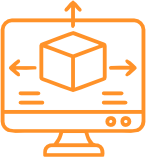
3D Modeling

3D Texturing




3D Lighting

Rendering




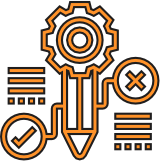
Review and Revisions


Final Delivery


Cost of 3D Industrial
Product Rendering
The cost of 3D industrial product rendering can vary significantly based on several factors:
Complexity of the Model: More intricate designs with detailed components and textures require more time and effort, increasing the cost.
Level of Detail: High-resolution, photorealistic renders with advanced lighting, textures, and environments are more expensive than simpler, less detailed renders.
Number of Renderings: The total number of images or angles requested will affect the overall cost, as each rendering requires additional time and resources.
Turnaround Time: Faster delivery or rush projects often incur higher fees due to the expedited work schedule.
Typically, costs can range from a few hundred to several thousand dollars per rendering. Simple renderings might cost between $300 and $800, while more complex or high-end renderings can range from $1,000 to $5,000. Custom quotes are often provided based on specific project requirements. If you want to know the cost of a 3D rendering project, click here.
3D Industrial Product Rendering Case Study
Why Choose Atellier Studio for Industrial 3D Product Rendering?
Expertise and Experience
Quality and
Precision
Customer
Satisfaction
State-of-the-art technology
Competitive Pricing
FAQ


